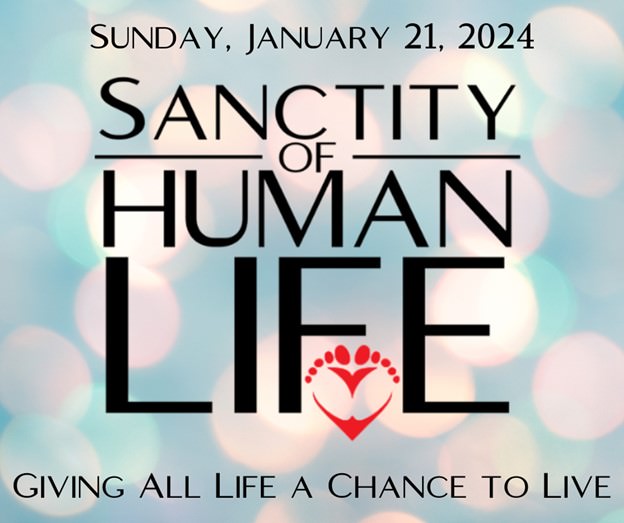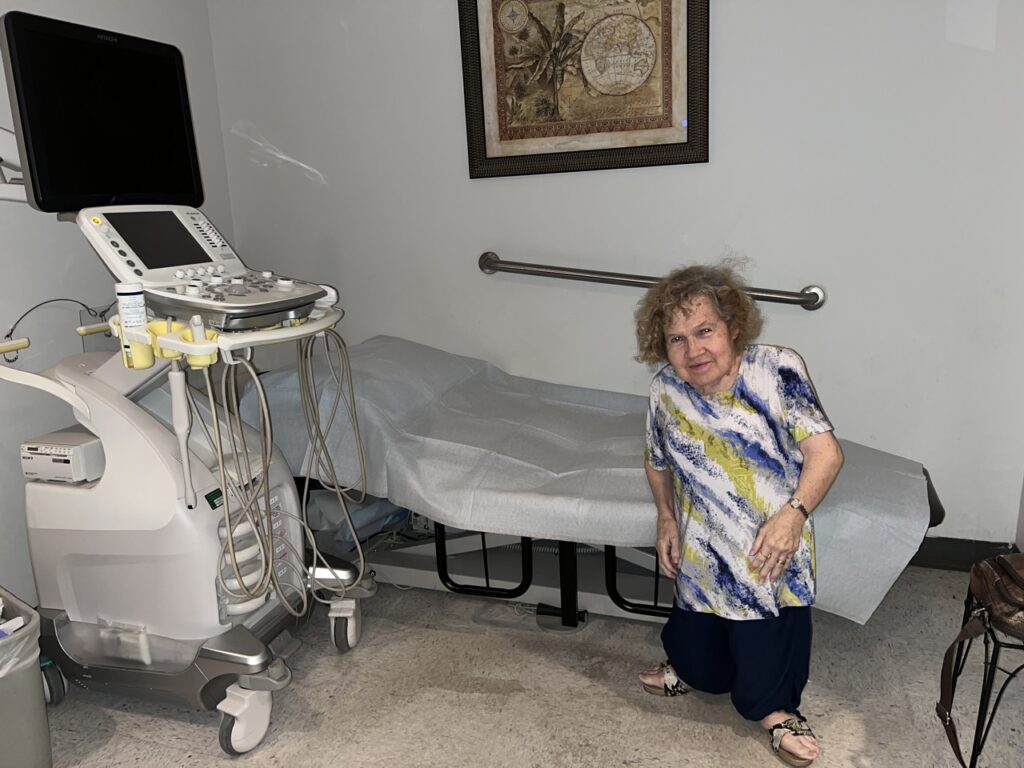
Individuals with dwarfism are represented by people of all ages, body shapes, skin colors, national origins, cultures, religions, and genders. As such, we are a microcosm of society with diverse values, talents, economic status, politics and opinions. Perhaps this is why February 27, 1922—the 102nd anniversary of the United States Supreme Court defending women’s voting rights under the 19th Amendment to the U.S. Constitution—stands out to me. Little People of America’s (LPA) heritage also includes defenses to freedom of expression and voting rights.
Want to subscribe to receive blog updates sign up today!
As an alien, female, dwarf immigrant to the U.S., I was scorned when I expressed an unpopular opinion at an LPA Board of Director’s meeting. One Director blasted me for delaying the board’s progress, another accused me of stifling discussion and energy and attributed this to my being from New Zealand. I put the record straight with a heritage and values email:
In 1893, New Zealand was the first self-governing country in the world to grant the vote to all adult women. I therefore come from a rich heritage of debate and democracy. There are three books sitting next to my computer monitor: a Bible, a dictionary, and a copy of the U.S. Constitution. Please never mistake a plea for civility as a call to stifle discussion or energy. However, I strongly believe that the First Amendment freedom of speech comes with responsibility and is not a license to disrespect or discredit people.
When I first emigrated to the U.S. as a permanent resident alien in 1981, LPA had two classes of disenfranchised people—noncitizen aliens without student or employee status and average-size parents of children with dwarfism. For several months, I fit into the first nonvoting class as one who was neither employed nor a student. Consequently, I was ineligible for membership and unable to vote. Thankfully this inequity was corrected in 1982 when the membership approved a proposed bylaw amendment to allow permanent resident aliens to become LPA members with the right to vote regardless of their employment or student status.
As a Past President of Little People of New Zealand (NZ), I was surprised to learn that average-size parents of children with dwarfism were nonvoting members of LPA. In NZ height was not a criteria for membership. In some LPA chapters, parents’ opinions were not sought or welcome. Parents were frequently relegated to the back of the room. In many chapters, parents were limited to servant roles of providing transportation to a meeting, setting up, and cleaning up after a meal.
This all changed in Robert Van Etten’s second term as LPA President (1984-1986). Robert successfully promoted a bylaw amendment giving the vote to one average-sized parent living in the household of a child with dwarfism.
So what voting rights do you appreciate?
Photo credit: Venita Oberholster from Pixabay
The examples given in this post are drawn from Chapter 2, “President Robert: The Second Term” and Chapter 7, “President Angela: Last Leg of Relay” in ALWAYS AN ADVOCATE: Champions of Change for People with Dwarfism and Disabilities by Angela Muir Van Etten. https://angelamuirvanetten.com/always-an-advocate/.










